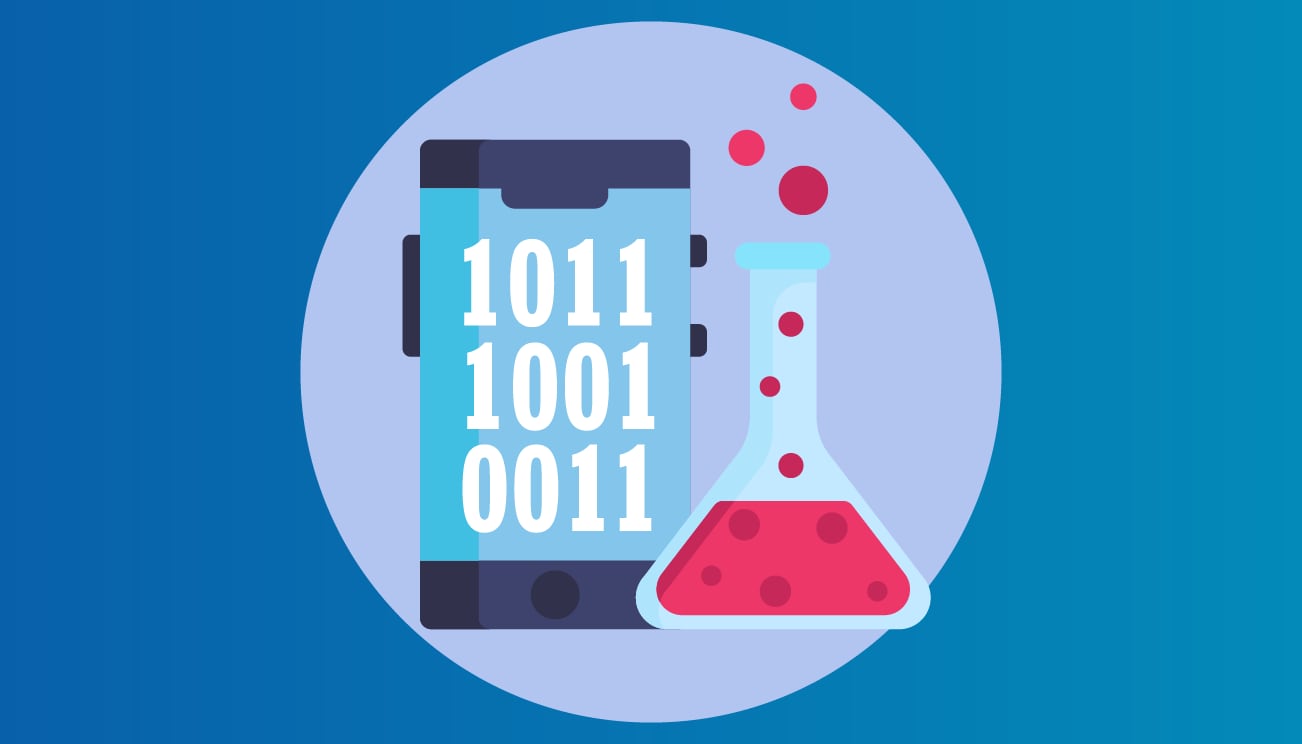What to know
NSSP receives electronic laboratory testing orders and results for select health conditions from a large national commercial laboratory identified as Lab A. These data support public health professionals in detecting, monitoring, and responding to health threats.

Access
ESSENCE users can be granted access to Lab A data by their site administrator. All access to Lab A data requires active, documented collaboration with an ESSENCE or CDC user.
Please reach out with questions by emailing nssp@cdc.gov. You can also request approval guidelines.
FAQs
Are patient identifiers part of Lab A data?
No, patient identifiers are not included in the Lab A data transmitted to NSSP, nor are there currently plans to create or gain patient identifiers. Patient identifying information like names and addresses are also not included in these data.
Do Lab A data include specimen identifiers?
Yes, Lab A provides specimen (accession) identifiers to NSSP for the agreed-upon list of health conditions. If a patient received testing for multiple health conditions at the same time, such as influenza and COVID-19, those results will be linked. However, if a patient received additional testing not included in the health conditions list, such as a CBC panel or cholesterol screening, Lab A would not send the results of that additional testing to NSSP.
How can CDC partners (researchers, academics, and other federal agency staff) gain access to Lab A data?
All access to Lab A data requires active, documented collaboration with an ESSENCE or CDC user. For approval guidelines, please email nssp@cdc.gov.
How does a CDC user gain access to Lab A data?
To request Lab A access, contact nssp@cdc.gov. CDC staff need supervisor approval and must submit an official data access request. Each CDC user will need to submit an individual data access request. It’s always a good idea to discuss new projects with NSSP staff before submitting the request.
How does an ESSENCE user in a state, tribal, local, or territorial public health department gain access to Lab A data?
ESSENCE users can be granted access to the Laboratory A data by their site administrator. Site administrators can update rules for laboratory data access inside of the Access & Management Center (AMC) in the same way access rules are created for emergency department data. Please contact nssp@cdc.gov with questions.
How often does Lab A send data to NSSP? Is there a lag?
Twice daily, except on Sundays, data are updated and sent electronically via HL7® messaging. Sunday data are backfilled with the first Monday update. Tests are included in the file at the time Lab A receives a specimen. As a result, NSSP sometimes receives initial data about a test before the result is ready. When the result is ready, it is included in the next data transmission as an update.
The lag between the initial data and obtaining the result depends on the condition. Some tests take longer than others to finish. However, the time between the result being complete and NSSP receiving the result is generally <1 day (Monday-Saturday).

These identifiers are confusing. Can you give me an example?
If a patient sees a medical provider and gets tested for both influenza and COVID-19 at the same visit, those results will be linked via the specimen identifier. However, if that patient returns for additional testing, say to see if the infection has cleared, those results will not be linked to previous results.
What are Lab A data?
Since early 2019, NSSP has had an agreement with Lab A to receive electronic laboratory testing orders and results for select health conditions.
What health conditions does Lab A data cover?
Health conditions sent by Lab A are listed in the Laboratory User Tables.
What other demographic information are available in the Lab A data?
NSSP receives basic information on:
- Patient demographics (sex, state, age in years, race, ethnicity)
- The provider (state and specialty, including primary care, OB-GYN, hospital, etc.)
- Laboratory facility (state)
Information about the commonly used fields in the NSSP data are described in the Laboratory User Tables.
What results (negative, positive, detected, etc.) does NSSP receive from Lab A?
NSSP receives all possible laboratory results. This includes negative, positive, detected, not detected, flora growth, and quantitative results. For ease of querying, NSSP created categories for each of these results. To learn more about result categories, see the Laboratory User Tables.
